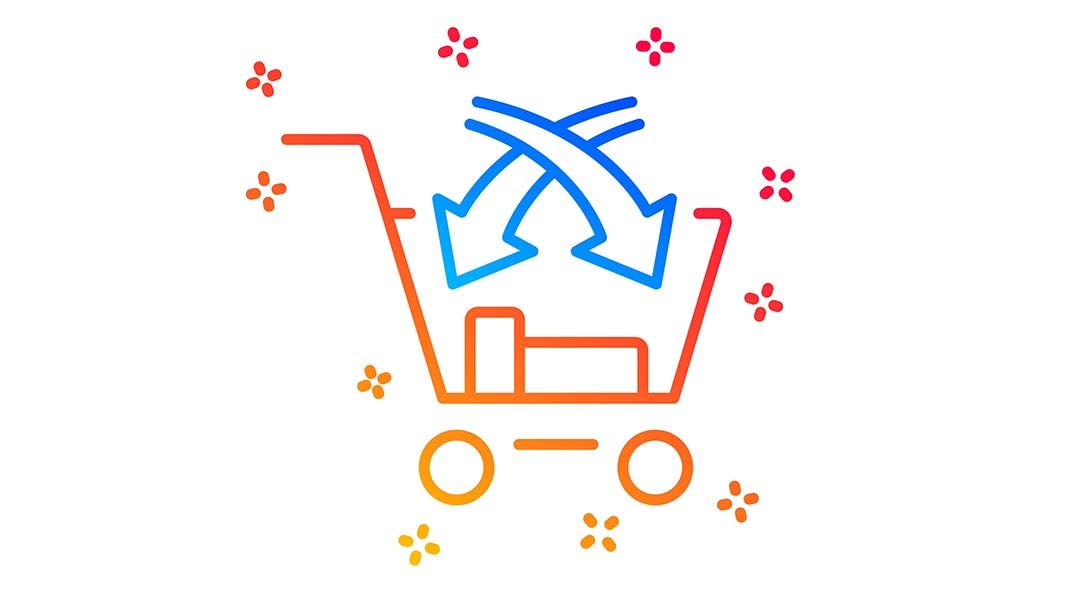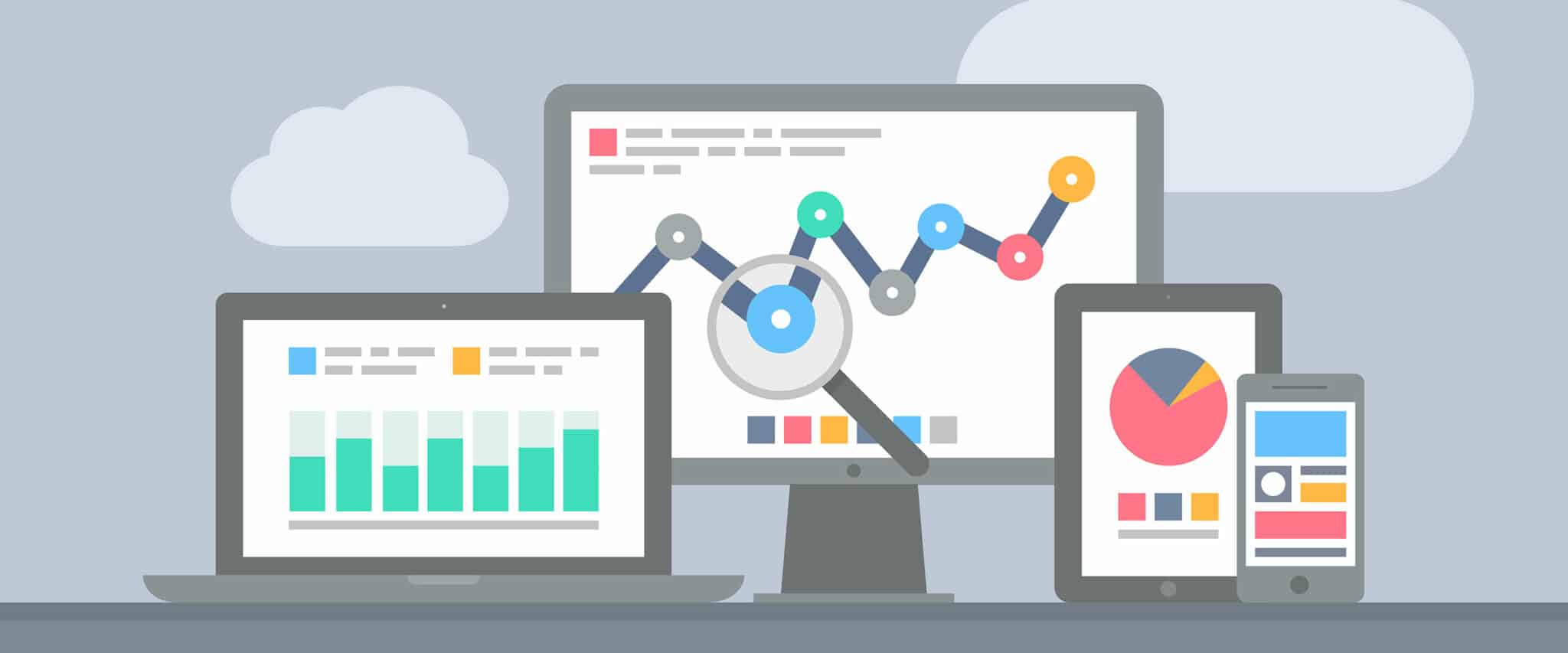Have you ever wondered why some of your Shopify products aren’t making any profit? Or have you noticed that only some of your products are the ones that are paying off? Well, there could be several factors as to why this is happening, but one of the most common culprits has to do with how you’re tracking your profit in Shopify. Make sure to keep an eye out for these 10 ways to track your profit in Shopify so that you can ensure that every product you sell from now on will be paying off big time!
1) Shipping costs

Shipping costs are another expense that should be taken into account when you’re deciding how much to charge for your products. While shipping costs can change significantly based on where you’re selling, how quickly you need items shipped out, and whether or not a customer is picking up your product from a local facility, there are some general tips for calculating shipping costs that will help keep these costs reasonable while making sure they don’t overcharge your customers.
2) Customer returns
There are two factors involved with returns: The product you’re selling and your customer service. If a customer is unsatisfied with a product they purchased from you, they will likely want their money back. Be sure to disclose any aspects of a product that might be viewed as negative, so customers don’t receive unwanted surprises when they use it.
3) Shipping discounts

If you’re a seller on Etsy, using shipping discounts is another excellent way to track your profits—and it also helps make your products more affordable for buyers. Shopify offers two different kinds of shipping discounts: prepaid and invoice. If you select prepaid, then when you ship an order, a discount will be applied to that order automatically; if you choose invoice, then once customers have purchased an item from your store, they can apply a discount coupon during checkout.
4) Negotiating with suppliers
It’s always a good idea to see if you can negotiate for better deals with your suppliers. There’s nothing wrong with asking for discounts or simply wanting more information on pricing. Before buying from a supplier, call them up and ask them how much they are charging other retailers, or what their everyday wholesale prices are.
5) Upselling and cross-selling products

It’s no secret that increasing average order value, which is typically calculated by dividing your revenue by your number of orders, is one of most important metrics you can track as an ecommerce business. And while it’s easy enough to apply a percentage markup on products, effective upselling and cross-selling techniques can bring significantly more revenue from existing customers.
6) Order cancellations
Cancellations can hurt your cash flow and profitability. Once an order is placed, you are legally obligated to deliver it. If a customer contacts you and requests that their order be cancelled, you will have to refund their money. Because each transaction incurs a fee on Shopify’s end, each cancellation costs you money.
7) Canceling product lines

In an ecommerce business, you will sometimes be faced with a situation where you need to cancel an entire product line that has already been created. To do so, head into your Products section of your admin panel, click on the Actions button next to one of your products and then click on Cancel Product. The product will now no longer appear in search or exist within your storefront.
8) Getting a refund on payments you made in advance
If you choose, you can cancel your subscription for any reason and get a refund for payments you’ve made so far. To request a refund: Log into your PayPal account > click Profile & Settings > Security tab > edit or cancel subscription. The next time we charge you, we’ll issue a refund for all of our pending charges. You’ll receive an email confirmation when your cancellation is complete.
9) Supplier errors

Suppliers will make mistakes—the key is how you handle them. When a supplier delivers products that are faulty or damaged, don’t be afraid to return them for replacement or refund. As long as you follow your brand’s ethical code and customer service standards, it should not be a problem. Suppliers have deadlines, too, so if they aren’t able to deliver on time don’t be afraid to put pressure on them if they need an extension.
10) Forecasting margins by month
With profitability being a top priority for any new business, it’s a good idea to always stay on top of how well your business is doing. Most e-commerce businesses use their revenue and profit margins as benchmarks for success—but it takes more than just a glance at these numbers.